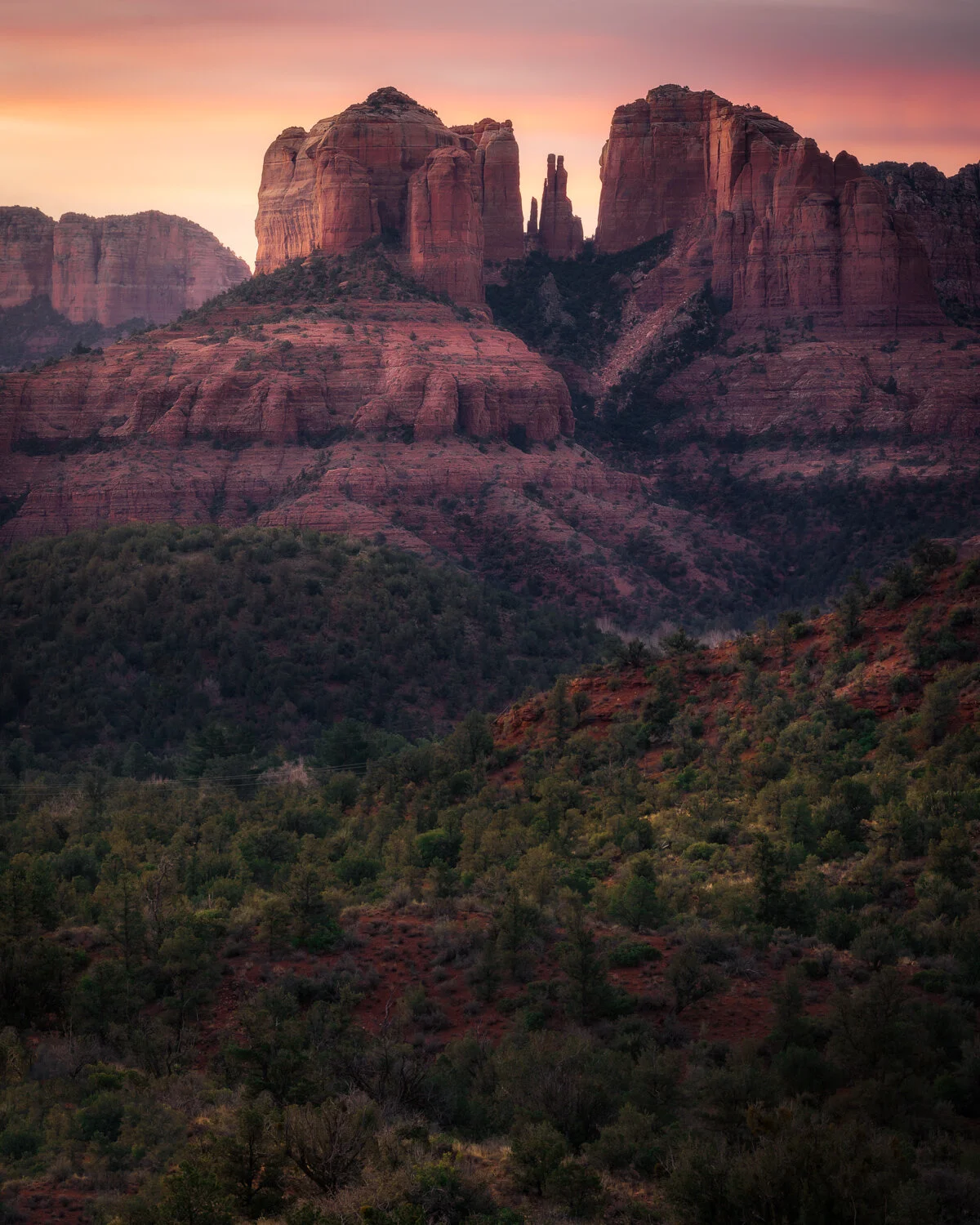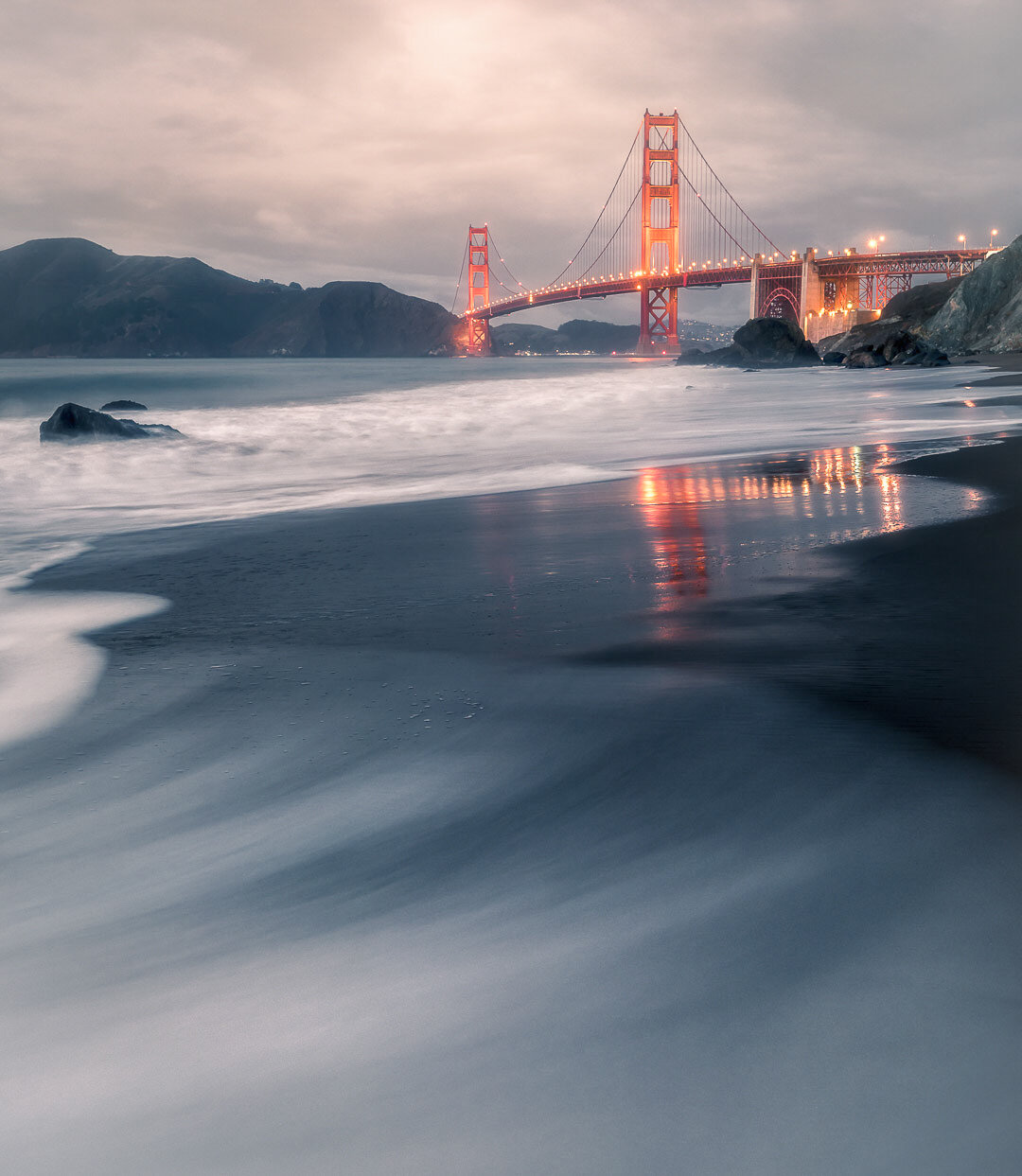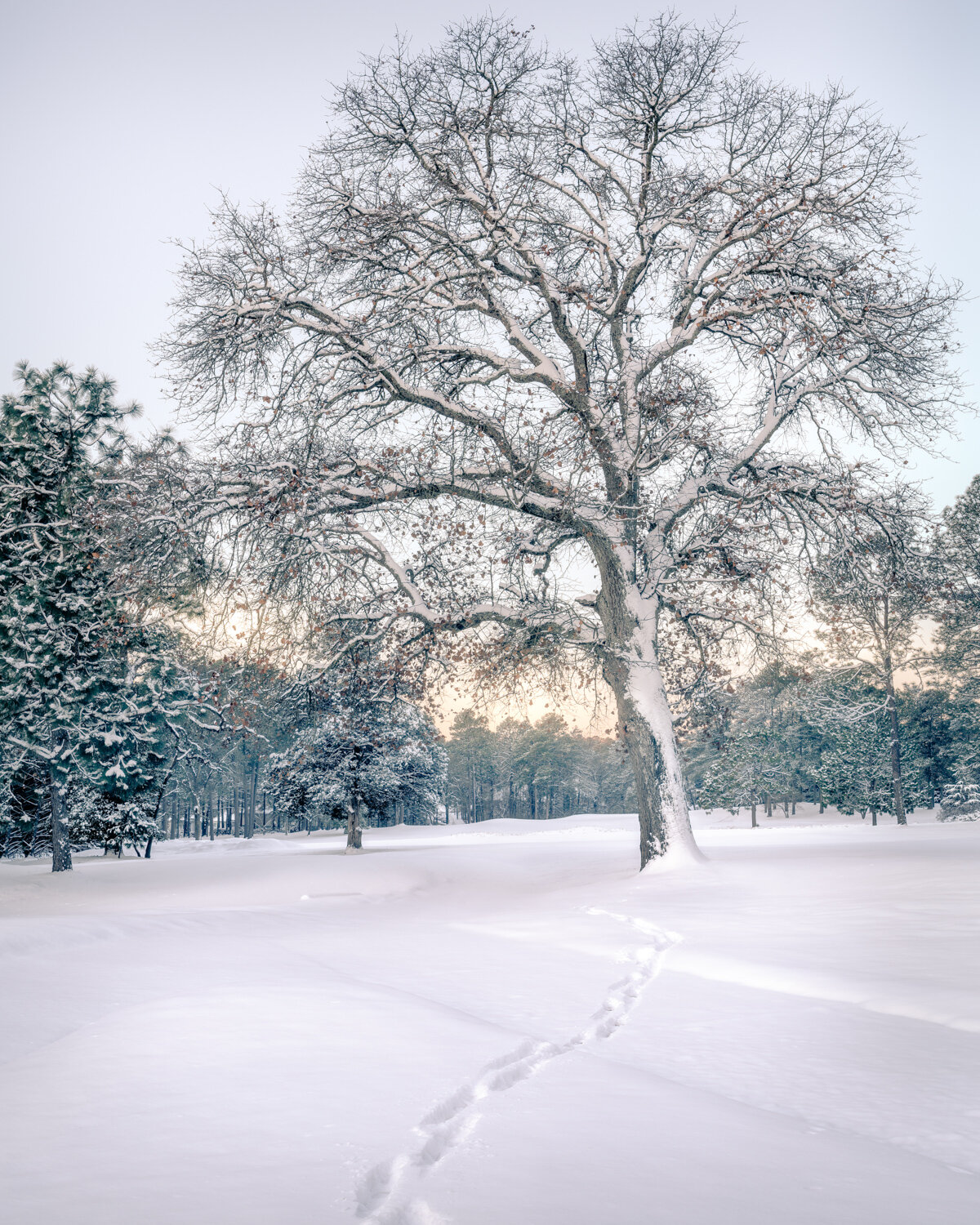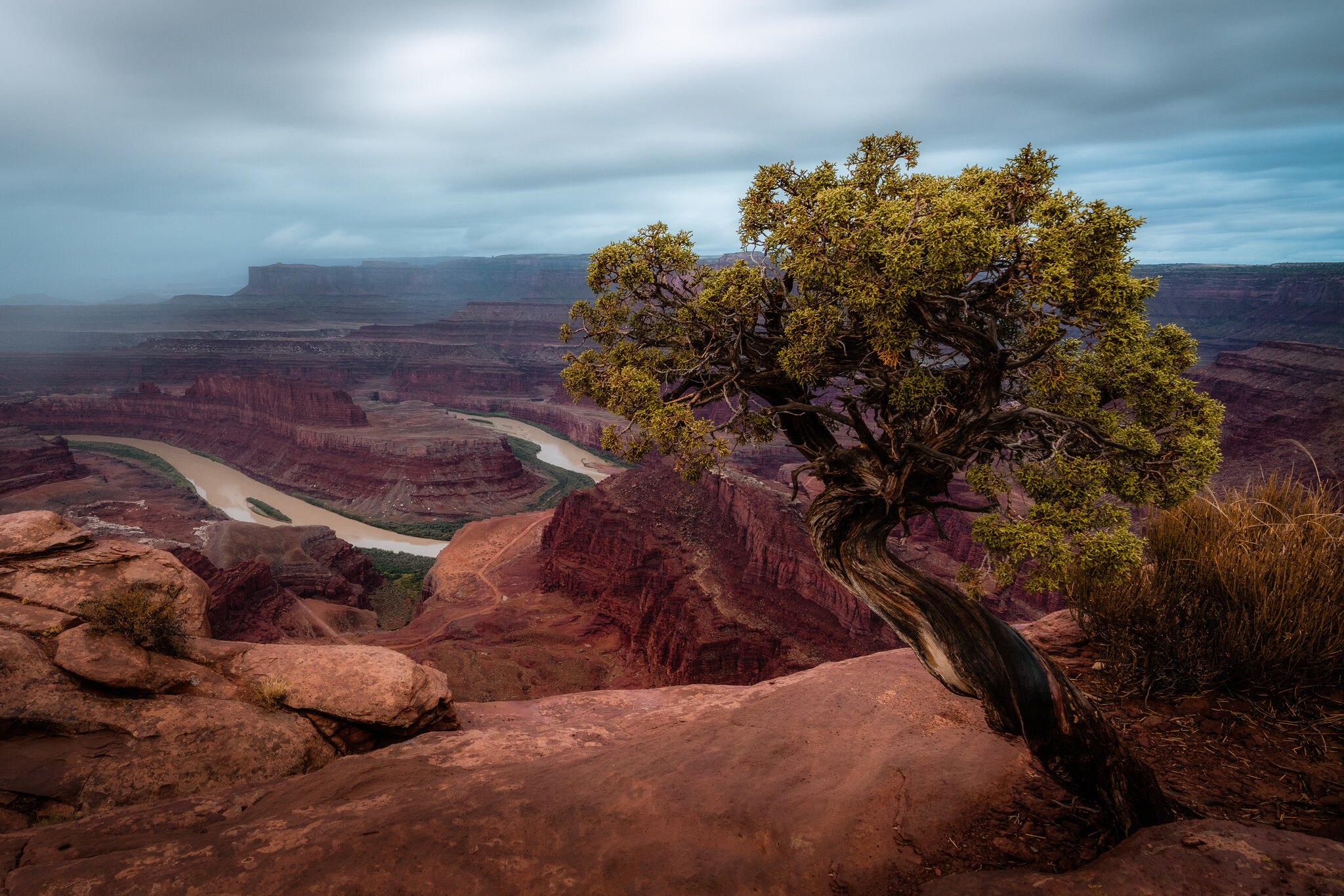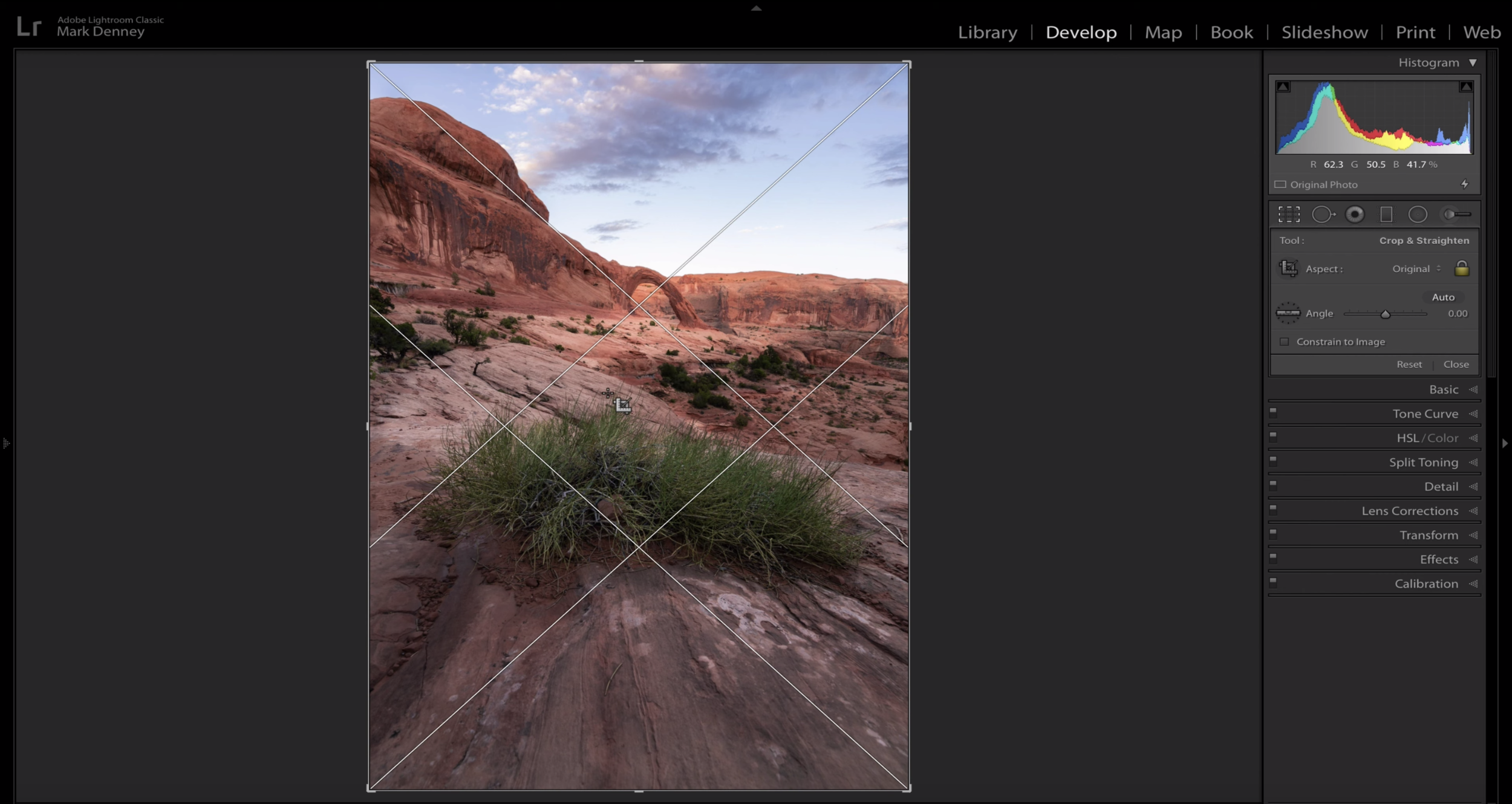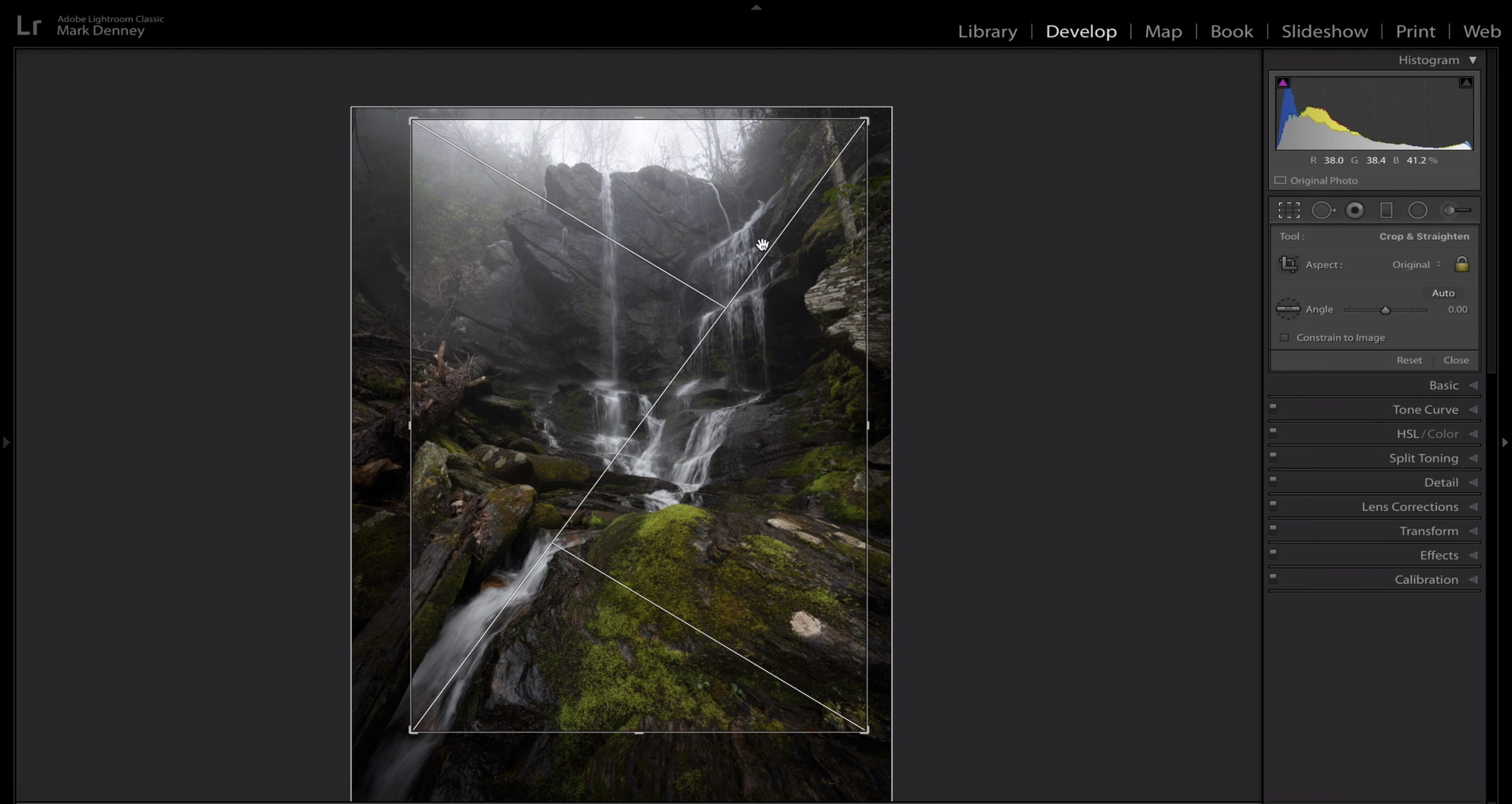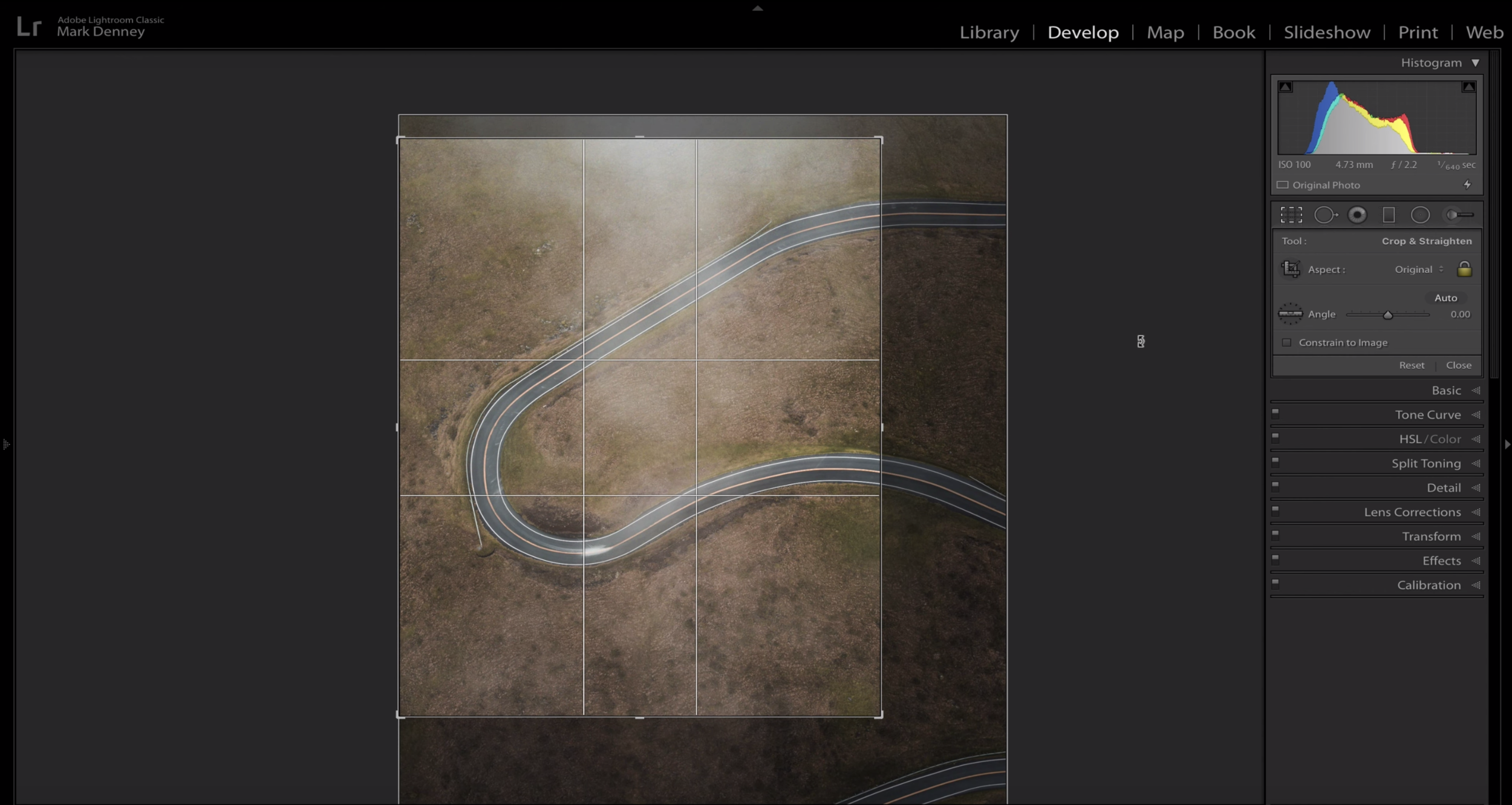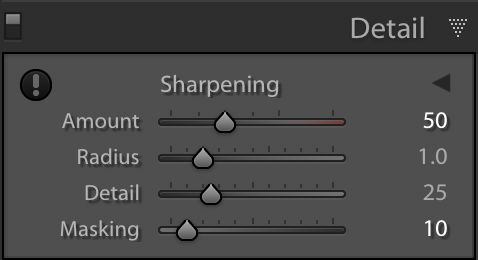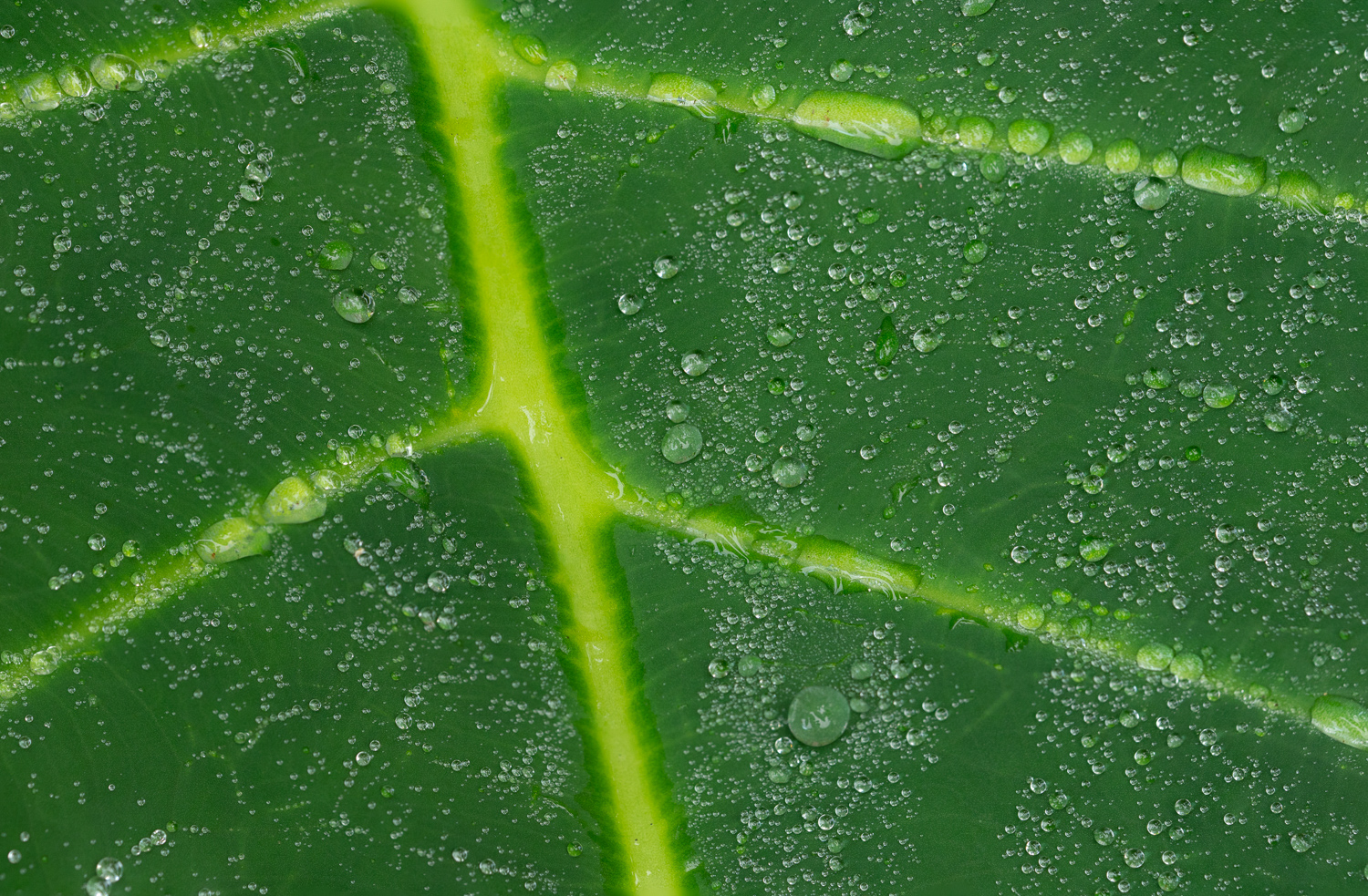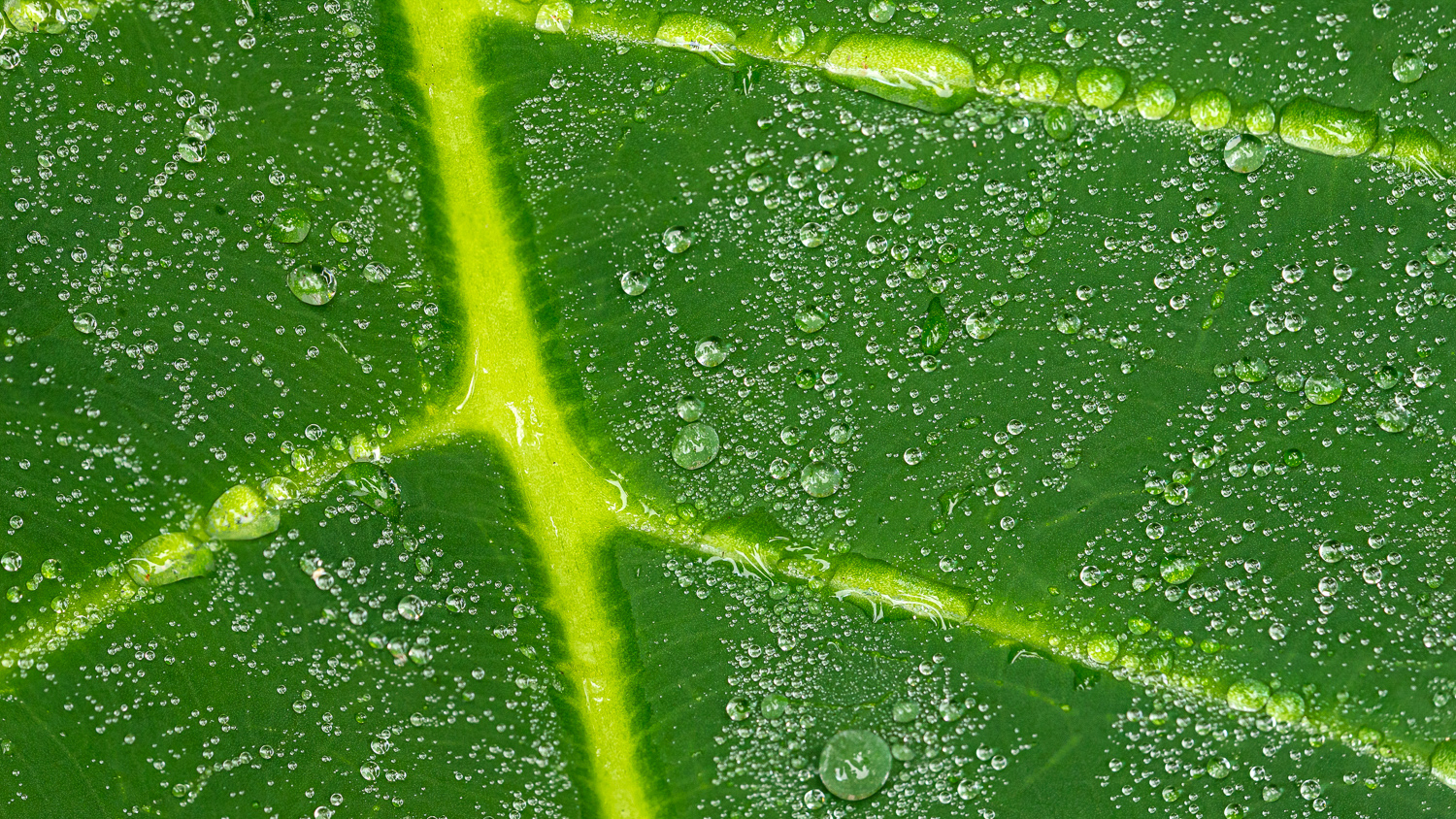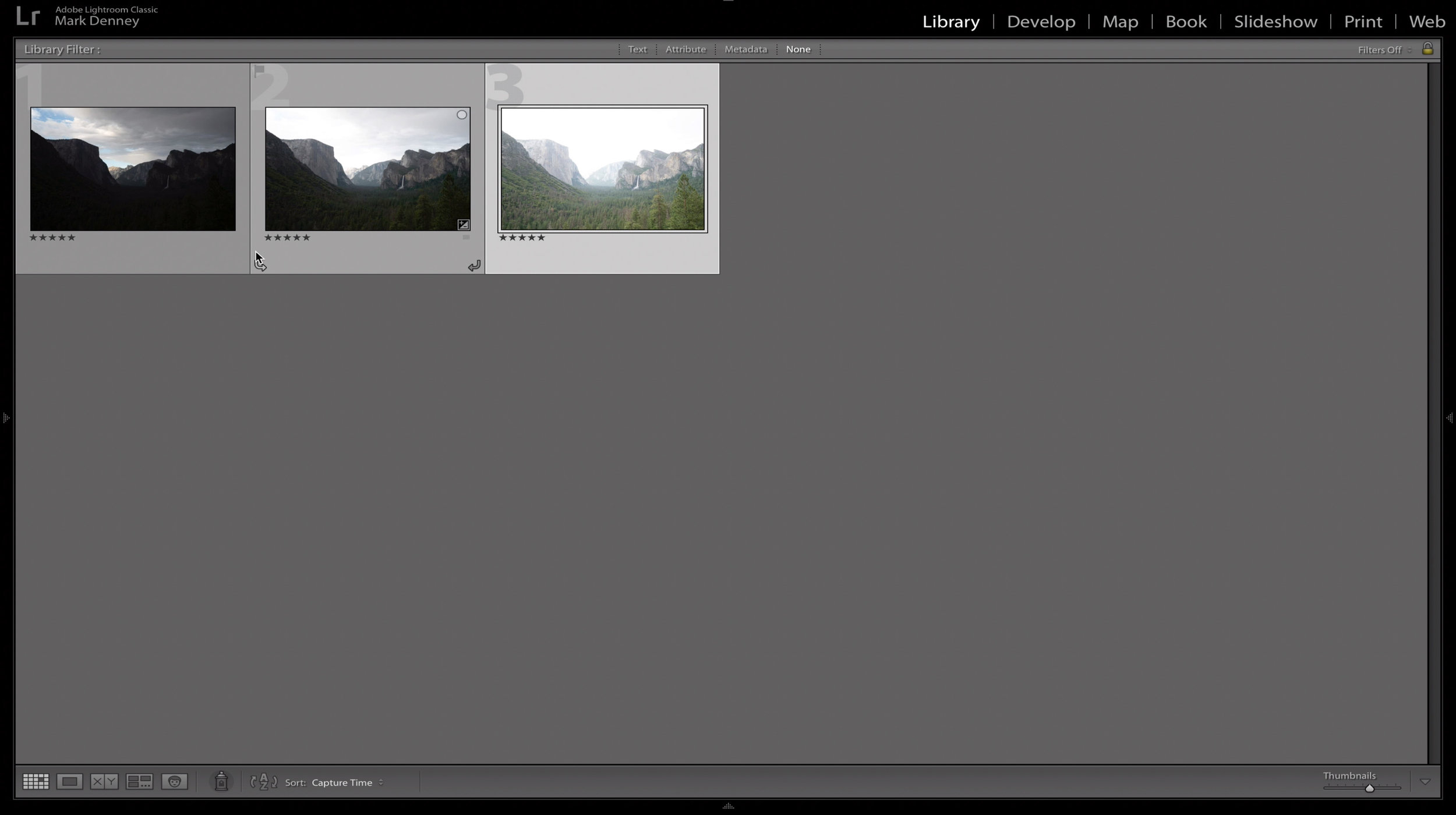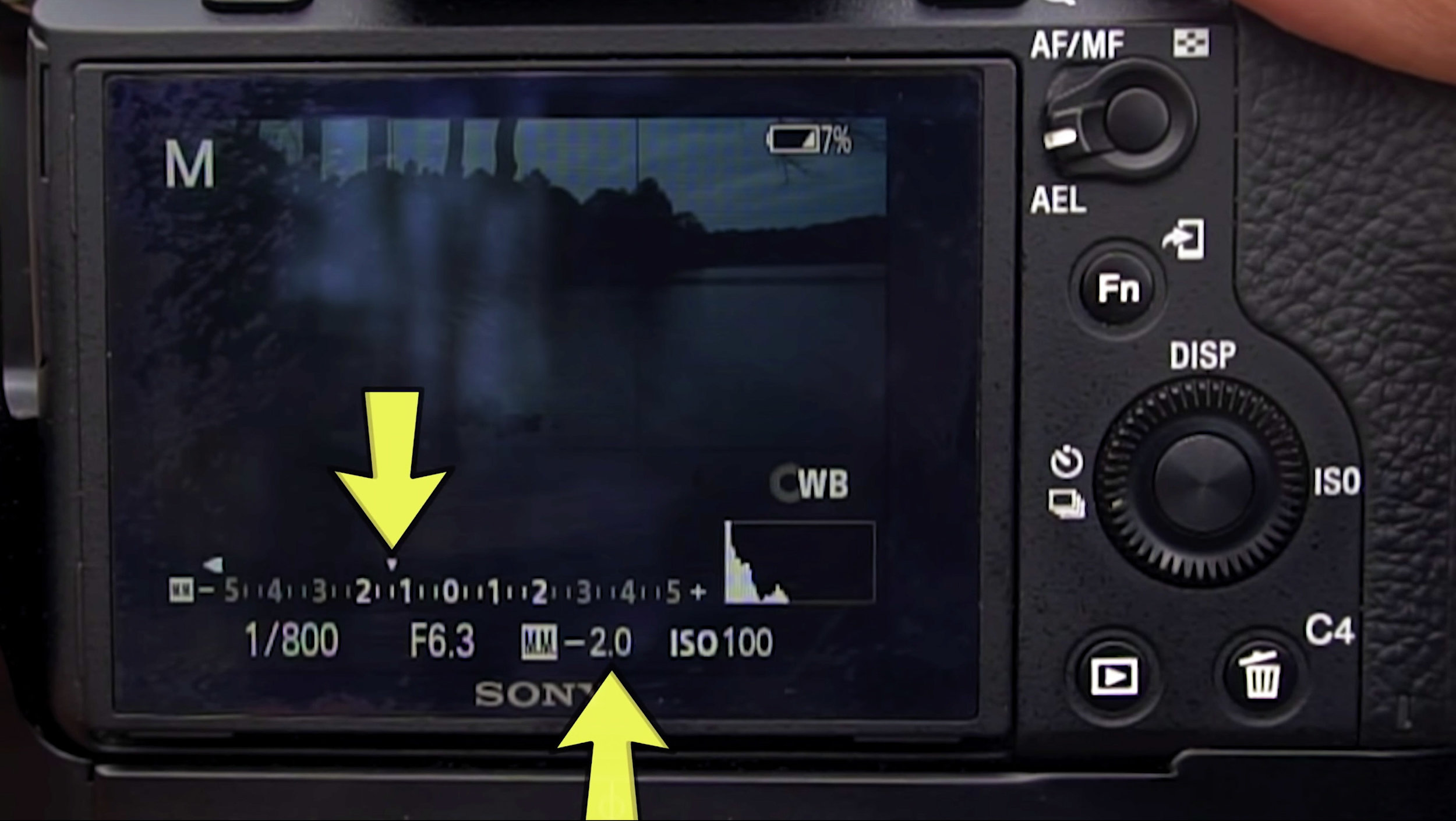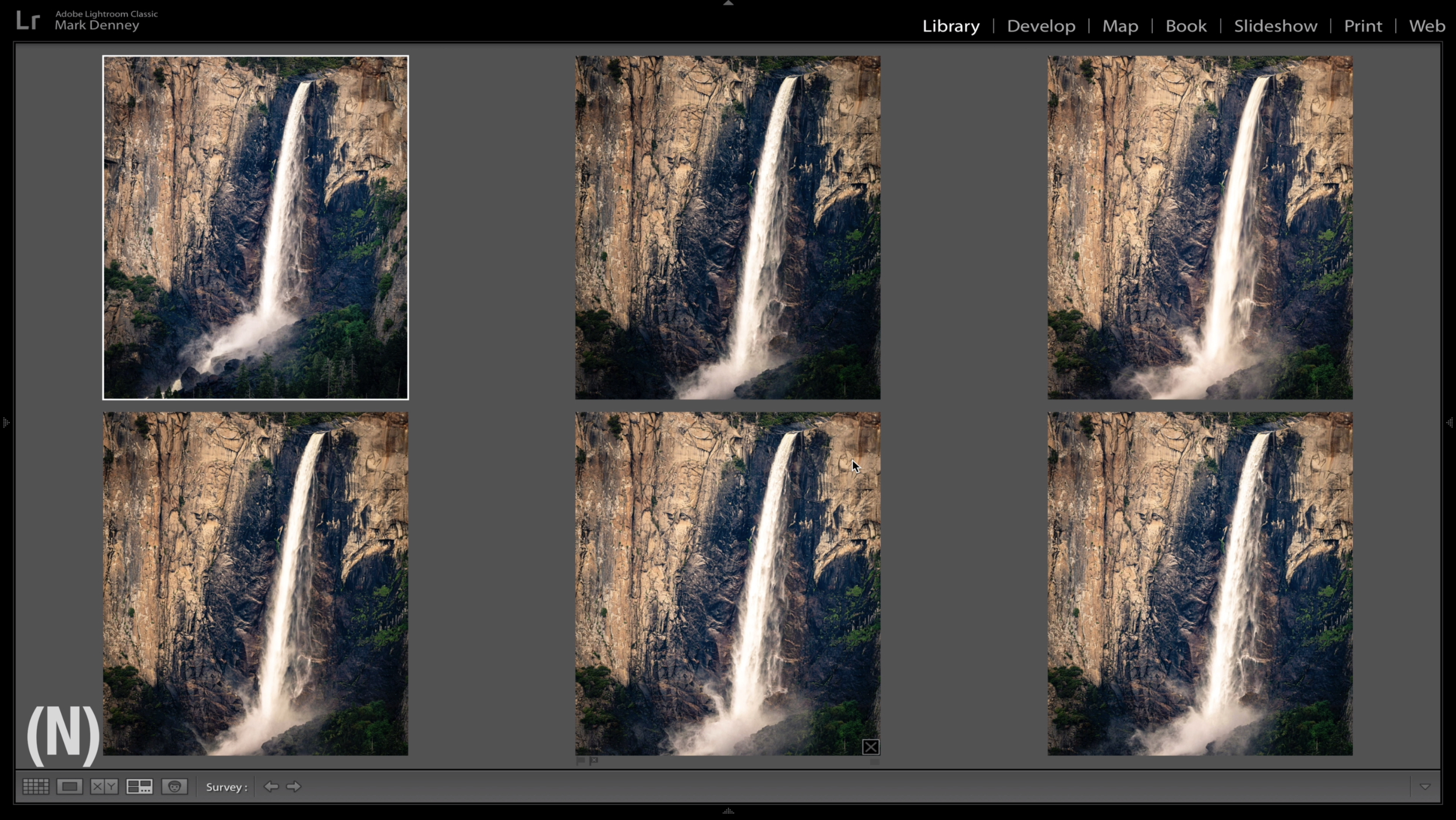Should you revisit a landscape photography location or explore new unknown places? – that’s the question… and a great one indeed! It’s a question that all landscape photographers have faced one time or another.
When you set out on an outdoor photography adventure, the location you’re visiting always falls into either the explore or revisit category. It’s either a location you’ve been to before or a location that you’ll be exploring for the very first time. There are positive factors to both sides of the discussion. In this article, I tackle each in the hope that the next time you’re faced with this choice, you have additional information you can apply to your decision-making process.
Revisiting a Landscape Photography Location
As landscape photographers many of our favorite images online or in a gallery are not only photographs of beautiful locations, but they’re incredible locations that are photographed under amazing conditions. The latter component of this statement being the key piece of information here – amazing conditions. They don’t happen often and being able to accurately predict when they’ll occur can be a rather difficult task. There are many mobile apps and websites that can certainly aid in determining the likelihood of a colorful sunrise or the likelihood of fog for example, but as with most weather predictions, they’re always subject to a certain degree of error. Having the “perfect” conditions on your initial visit to a location seldom happens. It usually takes multiple attempts and, even then you might not get the conditions you’re after.
Each time you revisit a landscape photography location, the conditions are different. Sometimes these conditions are great and other times not so great, but nevertheless they are different. By revisiting a location, you’re increasing the odds that you’ll receive the conditions you’ve envisioned for your photograph.
Revisiting during different seasons is another positive for this side of the discussion and is something I try to do often. I frequently make an effort to visit my favorite locations during different seasons as this, much like weather conditions, can completely change the look and feel of a location.
Another top benefit for revisiting a location is that you become familiar with the terrain and the location itself. This ultimately enables you to identify better and perhaps more unique compositions. It also aids in the overall exploration of the area. It takes time and patience to become familiar with a location regardless of how much prep work you do beforehand. Read More>

